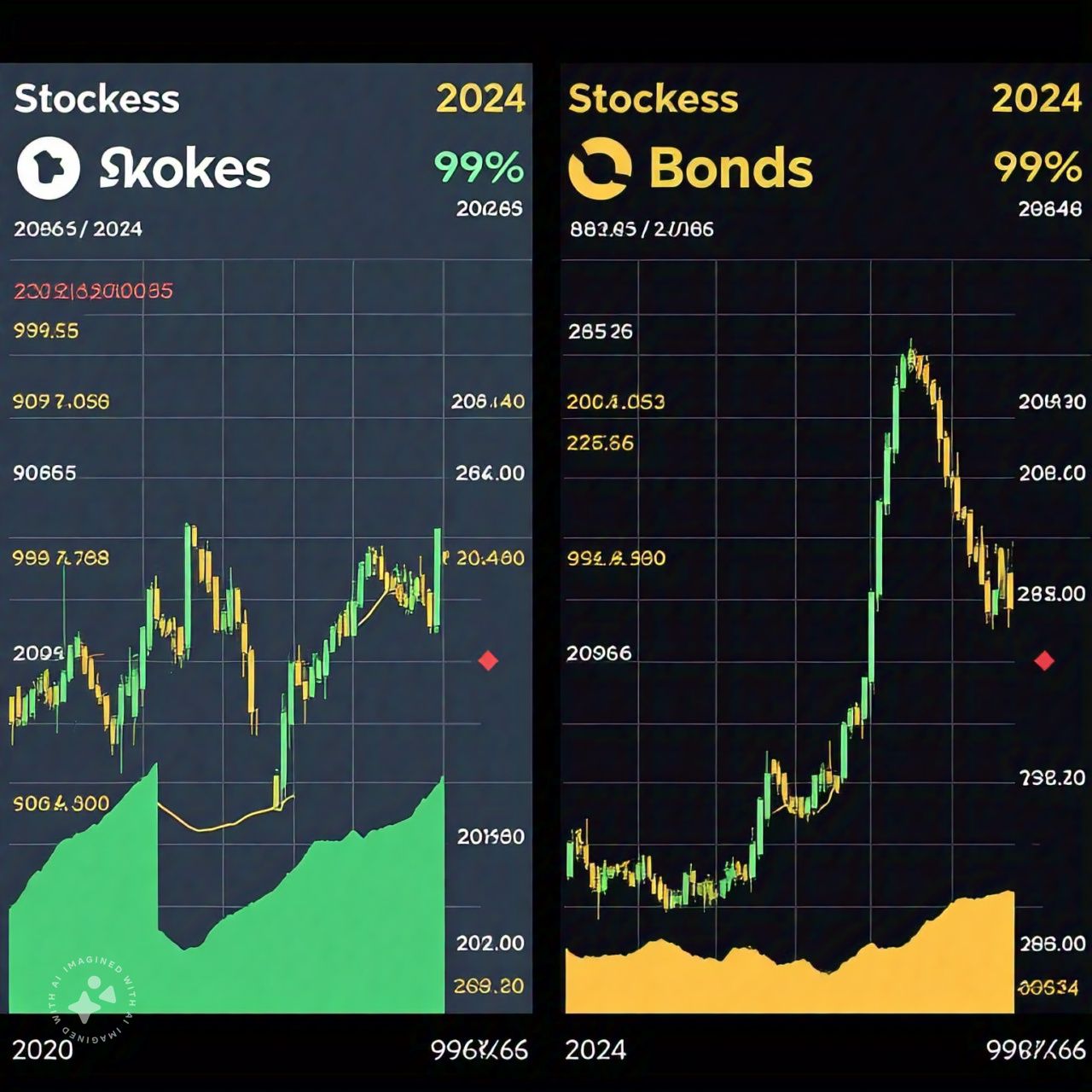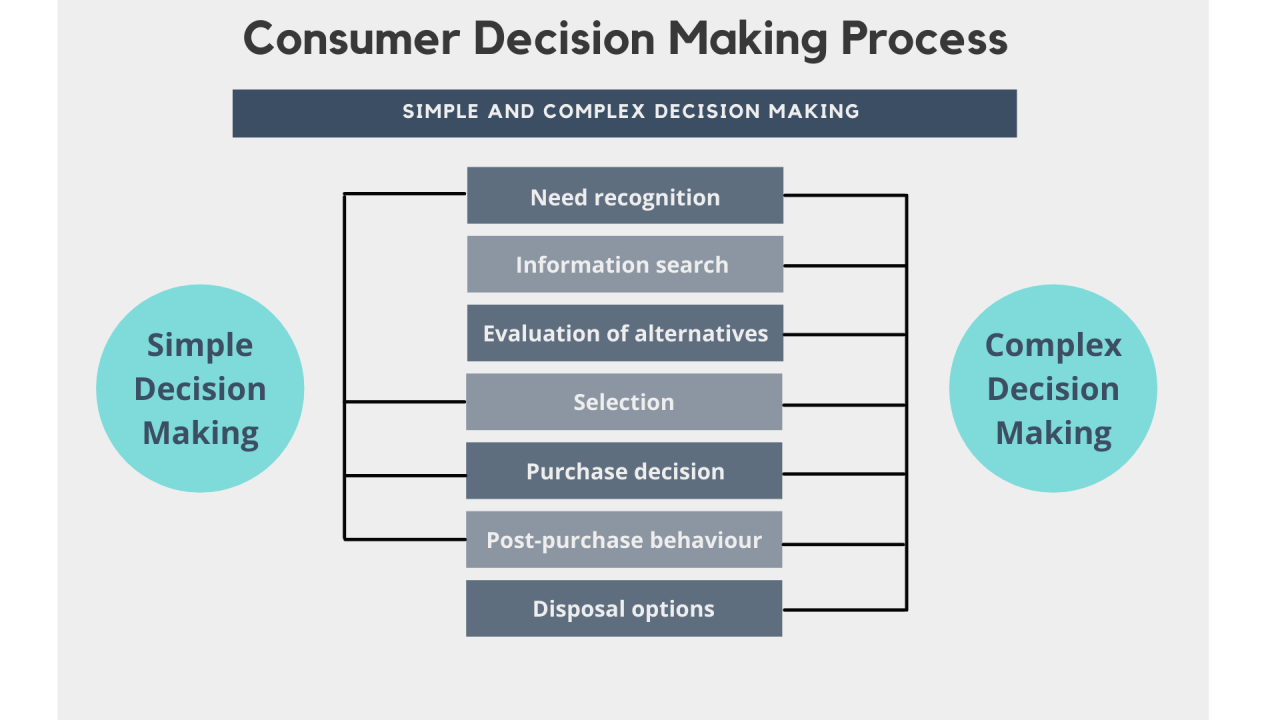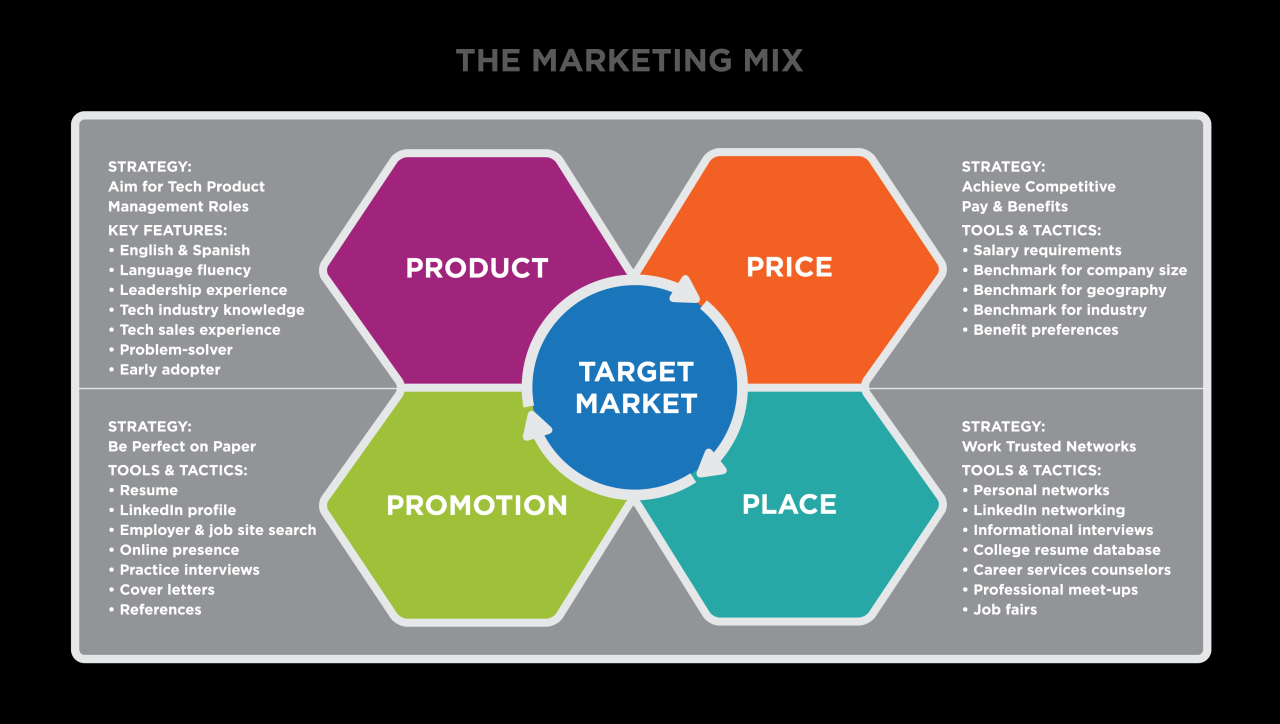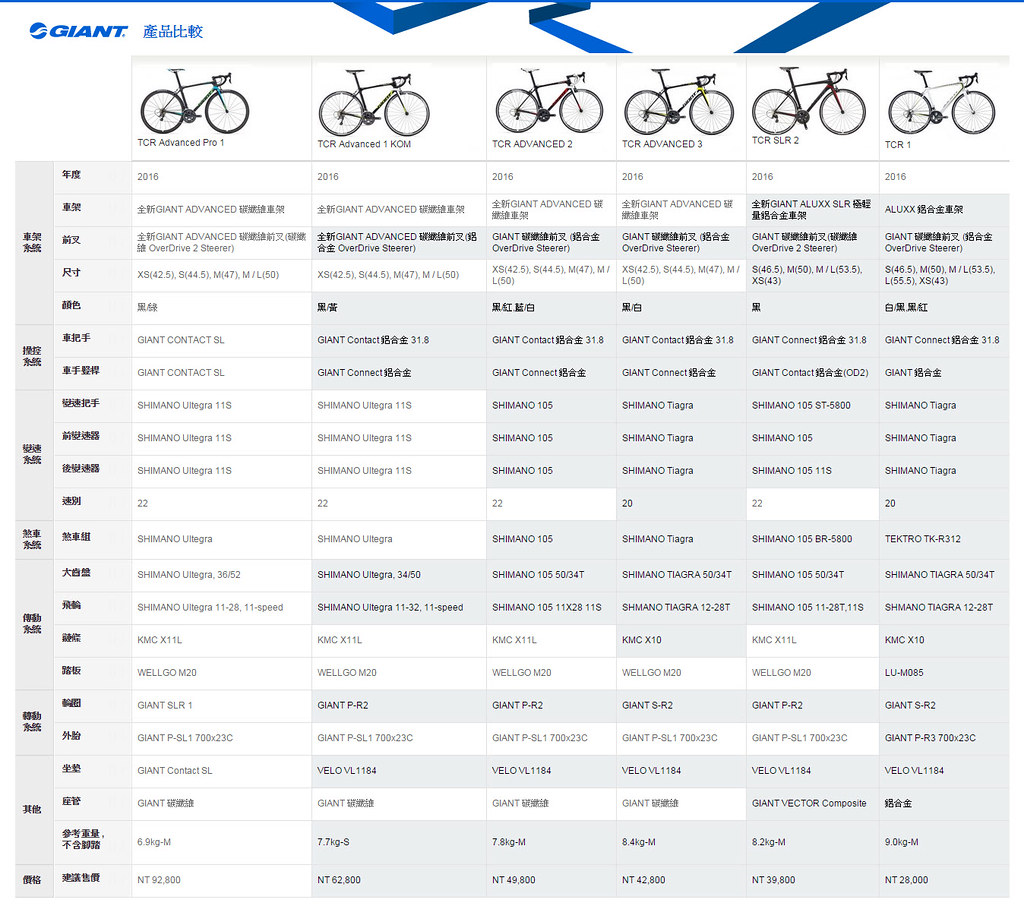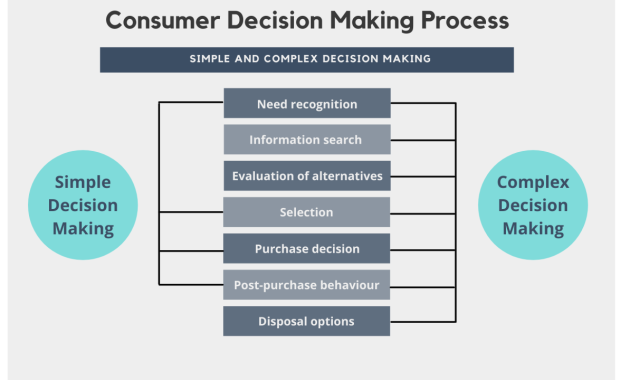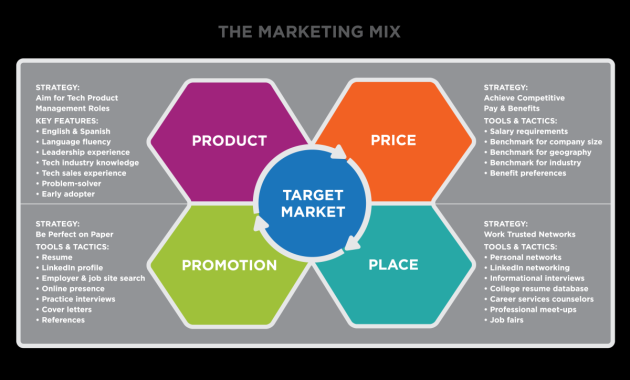Investing is a fundamental part of financial planning, and two of the most common asset classes are stocks and bonds. While both offer opportunities to grow wealth, they differ significantly in terms of structure, risk, and returns. Understanding these differences is crucial to making informed investment decisions tailored to your goals and risk tolerance.
What Are Stocks?
Stocks represent ownership in a company. When you purchase a stock, you’re buying a share of the company’s ownership, which entitles you to a portion of its profits and, in some cases, voting rights in shareholder meetings. Stocks are often associated with growth potential but come with higher risks due to market volatility.
Types of Stocks
Common Stocks
Common stocks give investors voting rights and the potential for dividends, though dividend payments are not guaranteed. The primary appeal of common stocks lies in their potential for capital appreciation.
Preferred Stocks
Preferred stocks typically do not offer voting rights but provide a fixed dividend. These stocks have priority over common stocks when it comes to dividend payments and claims on assets in the event of company liquidation.
Advantages of Stocks
- Growth Potential: Stocks have historically offered higher returns compared to other asset classes over the long term.
- Liquidity: Stocks can be bought and sold relatively easily on exchanges.
- Dividend Income: Some stocks provide regular income through dividends.
Risks of Stocks
- Volatility: Stock prices can fluctuate widely due to market conditions.
- Company-Specific Risks: Poor management or declining industry conditions can affect a company’s stock performance.
- Potential for Loss: There is no guarantee of returns, and you could lose your initial investment.
What Are Bonds?
Bonds are debt instruments issued by corporations, municipalities, or governments to raise capital. When you buy a bond, you’re essentially lending money to the issuer in exchange for periodic interest payments and the return of the principal amount upon maturity. Bonds are generally considered less risky than stocks but also offer lower returns.
Types of Bonds
Government Bonds
Issued by national governments, these bonds are considered among the safest investments. Examples include U.S. Treasury bonds and Japanese government bonds.
Corporate Bonds
Issued by companies to finance business operations, corporate bonds typically offer higher yields than government bonds but come with greater risk.
Municipal Bonds
These are issued by state or local governments to fund public projects. They often offer tax advantages, making them attractive to certain investors.
Advantages of Bonds
- Stability: Bonds are less volatile compared to stocks, making them a safer investment.
- Predictable Income: Bonds provide regular interest payments, offering a reliable income stream.
- Capital Preservation: Bonds are designed to return your principal at maturity, assuming the issuer does not default.
Risks of Bonds
- Interest Rate Risk: Bond prices fall when interest rates rise.
- Credit Risk: The issuer may default on interest payments or the principal.
- Inflation Risk: Fixed interest payments may lose purchasing power over time due to inflation.
Key Differences Between Stocks and Bonds
Ownership vs. Lending
Stocks represent ownership in a company, while bonds are a form of lending to the issuer. Stockholders benefit from the company’s success but share its risks, whereas bondholders have a fixed claim on the company’s assets and income.
Returns
Stocks offer potentially higher returns through capital gains and dividends. Bonds provide stable, predictable returns through interest payments but generally yield lower returns compared to stocks.
Risk Profile
Stocks are more volatile and carry higher risks, making them suitable for investors with a higher risk tolerance. Bonds are less volatile and are ideal for conservative investors seeking stability.
Time Horizon
Stocks are better suited for long-term goals due to their growth potential. Bonds can be a good fit for short- to medium-term goals or for balancing a diversified portfolio.
Choosing Between Stocks and Bonds
Assessing Your Risk Tolerance
Your ability and willingness to take risks play a significant role in determining whether stocks or bonds are right for you. Younger investors with a longer time horizon may prefer stocks, while those nearing retirement might opt for the stability of bonds.
Defining Your Financial Goals
Consider your objectives—whether you’re saving for retirement, a down payment on a home, or generating income. Stocks can help grow your wealth, while bonds can preserve it and provide steady income.
Diversification
A balanced portfolio often includes both stocks and bonds. Diversification helps manage risk by spreading investments across asset classes, industries, and geographies.
Combining Stocks and Bonds
Asset Allocation
Asset allocation is the process of dividing your investments among different asset classes based on your risk tolerance, financial goals, and time horizon. For instance, a 60/40 portfolio—60% in stocks and 40% in bonds—is a common strategy for balanced investors.
Rebalancing
Over time, the performance of stocks and bonds in your portfolio will differ, potentially skewing your asset allocation. Rebalancing involves selling assets that have overperformed and buying those that have underperformed to maintain your desired allocation.
Stocks vs. Bonds in Different Market Conditions
Bull Markets
In a bull market, stock prices are rising, making it a favorable time for equity investors. However, bond prices may decline if rising interest rates accompany the bull market.
Bear Markets
During a bear market, stock prices fall, and bonds often serve as a safe haven for investors seeking stability.
Interest Rate Changes
When interest rates rise, bond prices typically fall, and stocks may experience volatility. Conversely, falling interest rates can boost bond prices and support stock market growth.
Final Thoughts
Understanding the differences between stocks and bonds is essential for building a successful investment strategy. While stocks offer growth potential, bonds provide stability and income. The right mix depends on your financial goals, risk tolerance, and investment horizon. By diversifying your portfolio and staying informed about market conditions, you can navigate the complexities of investing and achieve long-term financial success.

